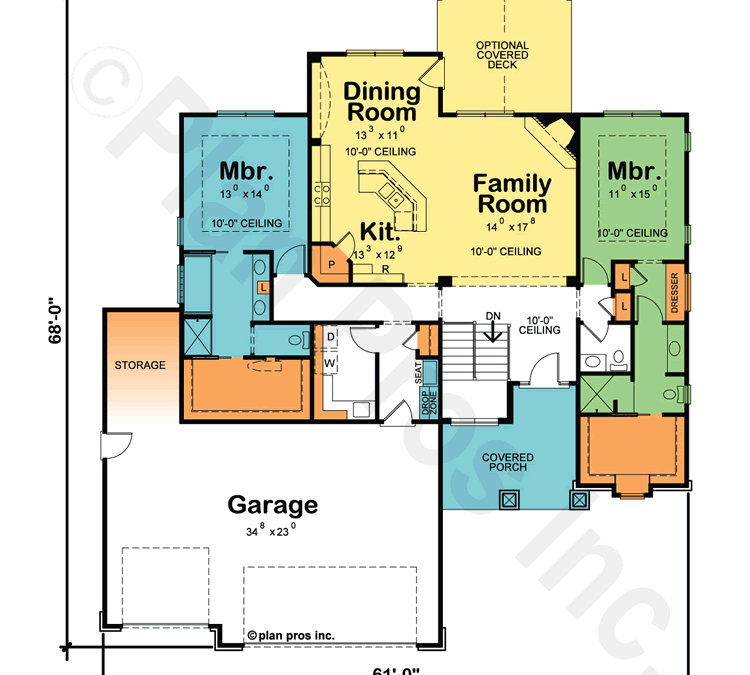A growing trend is ‘aging in place’ whereby seniors are opting to stay in their own home rather than move into an assisted living facility. The CDC defines aging in place as, “The ability to live in one’s own home and community safely, independently, and comfortably, regardless of age, income, or ability level.” More and more people are looking for ways to help aging family members stay in their home – whether that be multiple generations living together or enlisting in-home care.
As of 2000, there were approximately 35 million Americans over the age of 65. And, according to the U.S. Census Bureau, by 2030 there will be approximately 71.5 million Americans over the age of 65. That number is more than twice what it was in 2000 and represents nearly 20% of the entire projected U.S. population in 2030. The statistics are staggering if not concerning. Will there even be enough assisted living facilities available to accommodate this influx, let alone the cost? Certainly housing options are needed.
One such option is the dual-owner’s suite home design. Many families are looking to thoughtful home design to help seniors cope with expected, and unexpected, life cycle challenges in a loving yet discrete and life enhancing manner. Convenient and economical, the dual-owner’s suite design provides aging in place options for both short- and long-term accommodations.
The Welker (plan #29354, above) is a Craftsman style one-story with 2 bedrooms and 3 baths. The split bedroom design provides both suites with privacy, yet access to gather together in the family area. The Carswell (plan #29317) also offers split owner’s suites with options for expansion.
Some additional details to consider when designing the home:
- Covered front/back porches – offer protection and safety from the elements as well as for enjoying some relaxation outside.
- Step-free entry – accommodates both the homeowner and visitors that may require assistance.
- Barrier-free kitchen and open concept – less obstacles, freer mobility.
- Door and interior hall widths – space for mobility-aided navigation.
- Traditionally tight spots, such as bathrooms, thoughtfully planned to allow mobility-aided navigation.
Search all of our dual-owner’s suite home plans for more design options.
